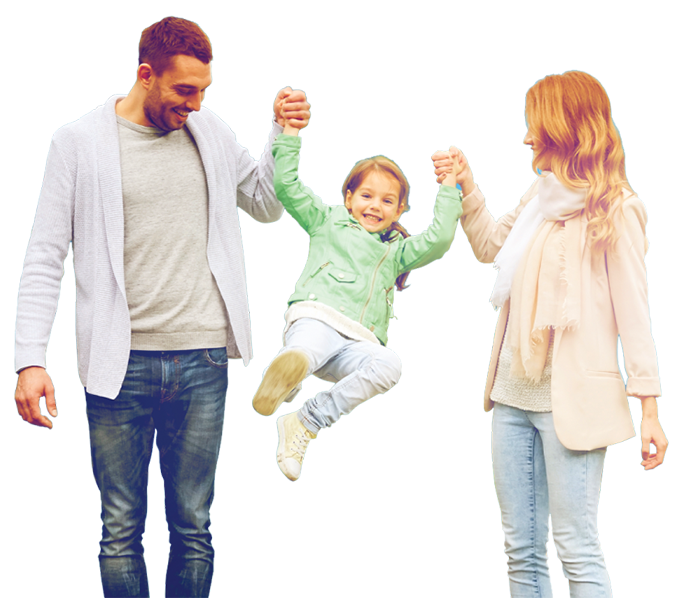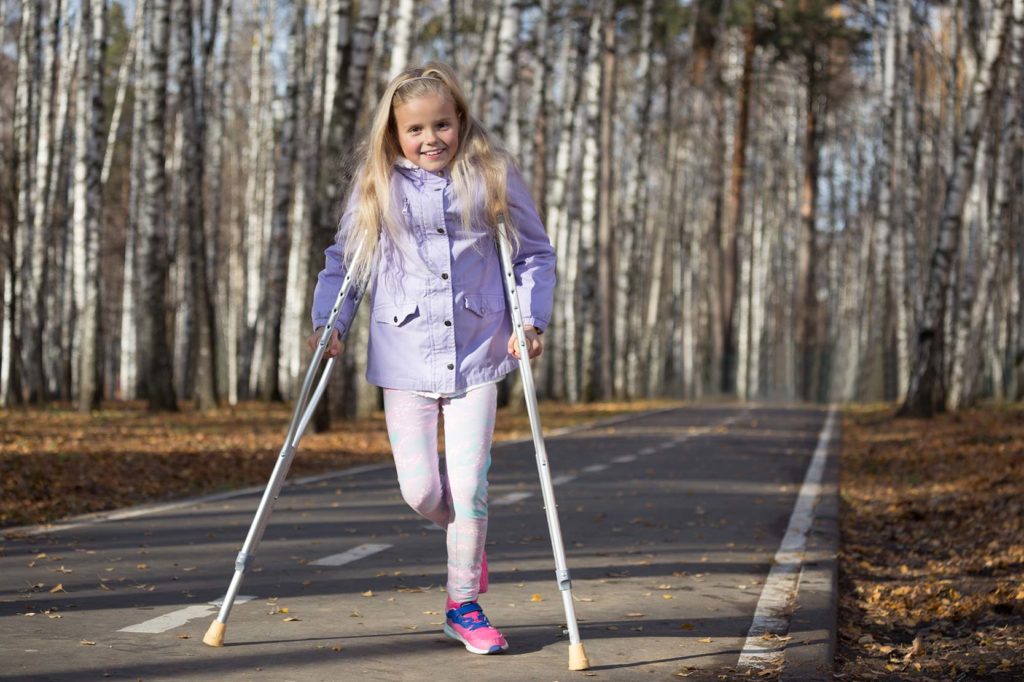Getting around on crutches can be tricky at first, but with a few helpful pointers it can be easy and less of a hindrance as you may think.
How to choose the size of crutches?
Ensure the crutches are properly sized so they do not cause problems. Don’t assume the crutches you have at home are the right ones, they may need adjusting.
Proper crutches should be one to two inches below your armpit when you are standing straight. The handles should be at hip height, so that your elbows are slightly bent when holding them.
Check padding and grips of the crutches
Crutches should have ample cushioning on the armpit and grips where the crutches contact the floor.
How to get up from a chair with crutches?
Place both your crutches in the hand on the affected side and grasp the hand rest of a chair with your other hand. Place your weight on your uninjured leg and push up with your arms.
Walking with crutches
Both crutches should move together a short distance in front of you (approximately 18 inches).
Always ensure you take short steps when using crutches. Support yourself with your hands and allow your body to swing forward as if you were going to step on the injured leg; instead of placing weight on the injured leg, rest your weight on the crutch handles.
When going up and down the stairs, go one step at a time, and rest at each step – it’s not a race!
Going up the stairs 1
Stand close to the step, place the crutches at ground level. With your weight on the crutches, pick the uninjured foot up to the step, and then bring the crutches up to the step level. Repeat this process for each step.
Going up the stairs 2
If the stairs have a handrail try holding onto it – with both crutches in the other hand – only if you feel confident to do so.
Going down the stairs with crutches – if you can’t bear weight on your injured leg
If you cannot bear to have any weight on the injured leg, you will need to hold the foot of the injured leg up in front and hop down each step on your good leg. Be sure to support yourself with the crutches or get someone to help you.
Going down the stairs if you can bear some weight on the injured leg
If you can bear weight on the injured leg, place the crutches on the next lower step and step down with the injured leg. Then quickly bring down the good leg. But remember to take it one step at a time.
Don’t let your armpits rest on the crutches, even when resting!
 Share on facebook
Share on facebook
 Share on twitter
Share on twitter
 Share on linkedin
Share on linkedin
 Share on email
Share on email

